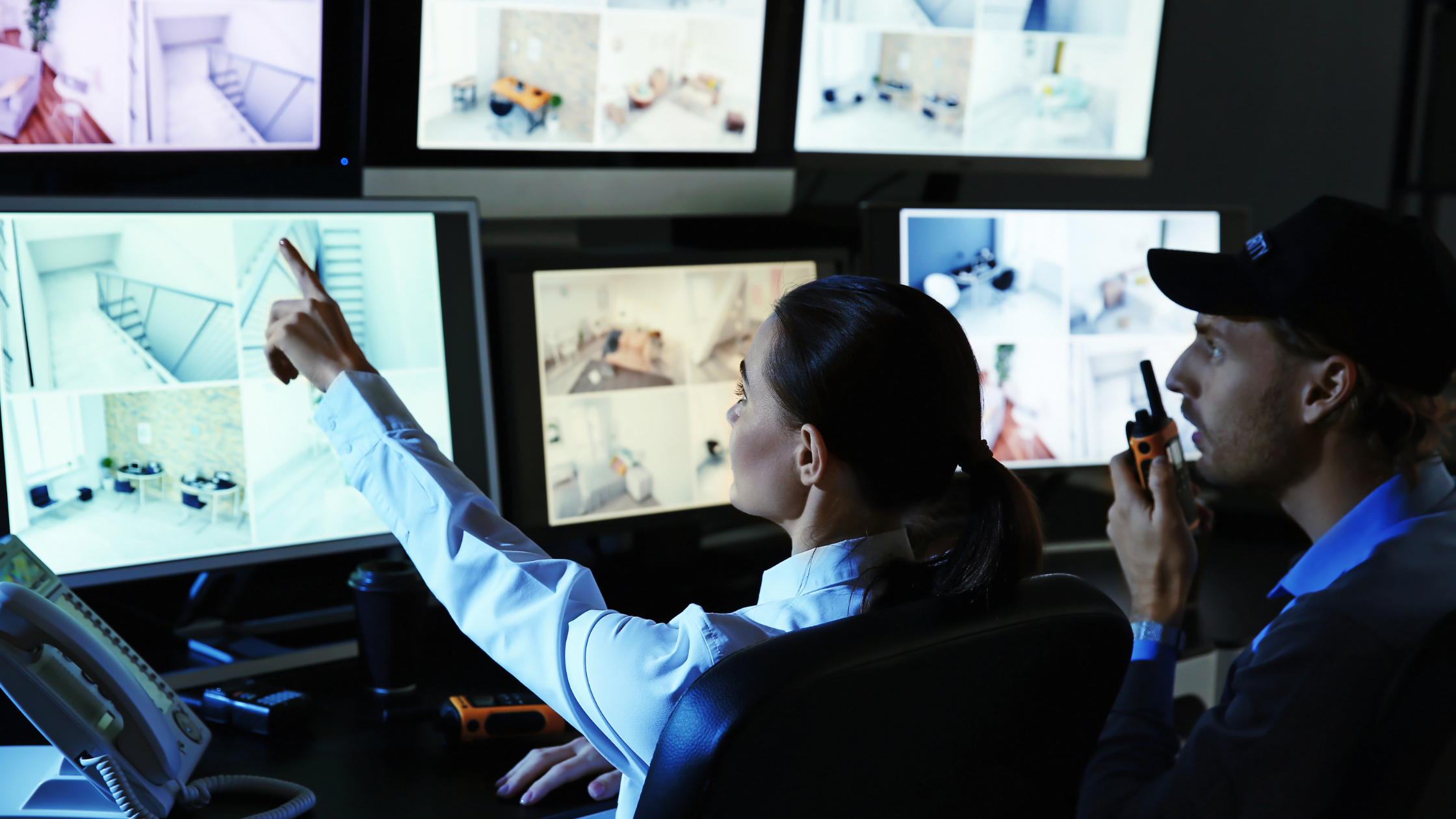In the digital age, CCTV video evidence has become an indispensable tool in both criminal investigations and civil litigation. Its ability to capture real-time events provides crucial insight that can determine the outcome of legal proceedings.
However, the use of CCTV video evidence is not as straightforward as it may seem. This blog will guide you through what you need to know when using CCTV footage as evidence, covering everything from its admissibility in court to best practices for handling and presenting it.
The importance of CCTV video evidence
CCTV video evidence plays a vital role in the justice system. It offers a visual account of incidents, making it an objective source of truth that is difficult to dispute. Whether it’s capturing a crime in progress or providing proof in a personal injury claim, CCTV footage can significantly influence a case’s direction.
In many instances, CCTV video evidence is the cornerstone upon which a case is built, leading to convictions or settlements that might not have been possible otherwise.
Admissibility of CCTV video evidence in court
While CCTV footage is a powerful tool, it must meet specific legal criteria to be admissible in court. For CCTV video evidence to be considered by a judge, it must be both relevant and authentic.
Relevance
For CCTV video evidence to be admissible, it must be directly related to the case. The footage must clearly show the events in question and be pertinent to proving or disproving a point at issue in the trial.
Authenticity
The authenticity of the footage is another critical factor. The party presenting the evidence must prove that the footage is genuine and has not been tampered with. This usually involves showing that the CCTV system was functioning correctly at the time of recording, that the footage has been stored securely, and that there is a clear chain of custody.
Challenges in using CCTV video evidence
Despite its potential benefits, using CCTV video evidence is not without its challenges. Several issues can arise, potentially weakening the impact of the evidence or even rendering it inadmissible.
Quality of the footage
One common issue is the quality of the footage. Poor lighting, grainy images, or obscured camera angles can make it difficult to identify individuals or events clearly. If the footage is too unclear, it may not be strong enough to serve as reliable evidence.
This highlights the importance of investing in quality, up-to-date technology, as well as working with experts who can identify the best areas for CCTV cameras to ensure effective protection.
Chain of custody
Maintaining a clear and documented chain of custody is essential. If there is any doubt about who has handled the footage or if it has been altered in any way, its admissibility may be questioned. Ensuring that the footage is stored securely and that access is restricted to authorised individuals is crucial.
Privacy concerns
Another challenge relates to privacy issues. CCTV cameras often record individuals without their knowledge, which can raise concerns about the right to privacy.
In the UK, the use of CCTV is governed by the Data Protection Act 2018, which sets out strict guidelines on how footage can be collected, stored, and used. Failure to comply with these regulations can lead to legal complications and the footage being deemed inadmissible.
Best practices for handling CCTV video evidence
To maximise the effectiveness of CCTV video evidence, it is essential to follow best practices in its collection, storage, and presentation.
Secure storage
CCTV footage should be stored in a secure, tamper-proof environment. Access should be limited to authorised personnel, and a log should be maintained of anyone who views or handles the footage. This helps to preserve the integrity of the evidence and ensures that it can be relied upon in court.
Clear documentation
Documenting the chain of custody is vital. Every time the footage is transferred, viewed, or copied, it should be recorded. This documentation provides a clear trail of who has handled the evidence, reducing the risk of tampering or accusations of tampering.
Professional presentation
When presenting CCTV video evidence in court, it is important to do so professionally. The footage should be of the highest possible quality, and it should be cued up to the relevant parts before being shown. A clear explanation should accompany the footage, outlining what it shows and why it is relevant to the case.
The future of CCTV video evidence
As technology continues to advance, the role of CCTV video evidence is likely to become even more prominent. High-definition cameras, facial recognition software, and enhanced storage solutions are all set to increase the reliability and accessibility of CCTV footage.
However, these advancements also come with new challenges, particularly concerning privacy and data protection. It is crucial for those involved in the legal system to stay informed about these developments and how they may impact the use of CCTV video evidence. Working with CCTV system experts can walk you through everything you need to know about these developments.
Maximising the impact of CCTV video evidence
CCTV video evidence is a powerful tool that can make or break a case. By understanding the legal requirements for its admissibility, recognising potential challenges, and following best practices in its handling and presentation, you can maximise the impact of this crucial evidence. In an ever-evolving digital landscape, staying informed and vigilant about the use of CCTV footage will ensure that justice is served effectively.
Ready to make the most of your CCTV video evidence? Contact us today for expert advice and support in setting up a bespoke and effective CCTV solution.
